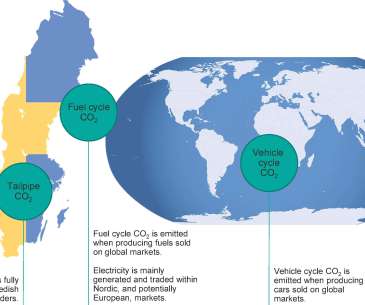UK researchers report that alcohols in windshield washer fluid are major unreported source of VOCs emissions from cars, including EVs
Green Car Congress
JUNE 8, 2023
The levels of these non-fuel-derived gases will likely remain unchanged, even as more drivers transition from gas-powered to electric vehicles. These emissions are independent of the vehicle energy/propulsion system and therefore applicable to all road vehicle types including those with battery-electric powertrains. Resources Samuel J.






































Let's personalize your content